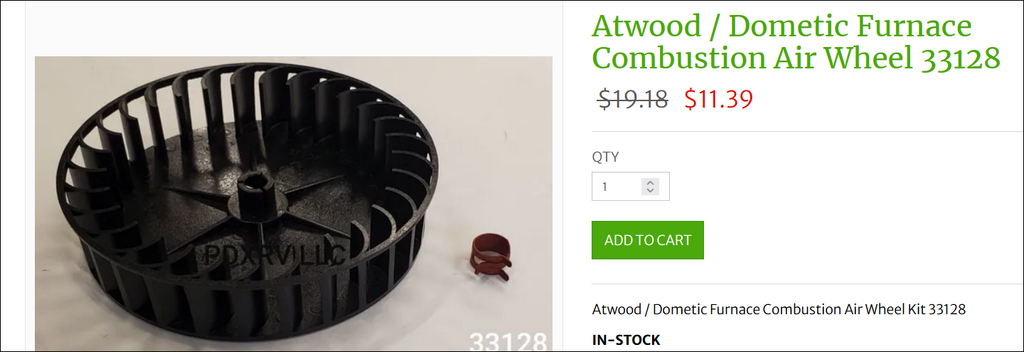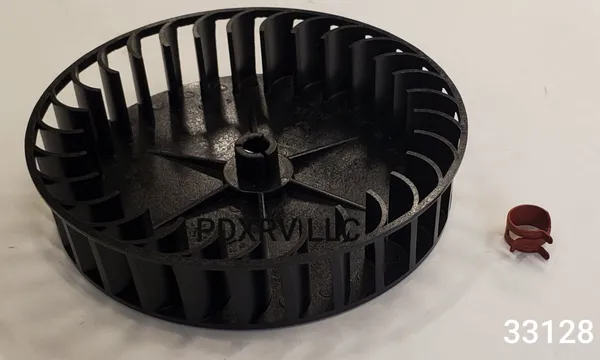rickther
Member
So my furnace went out ( fan comes on runs 30 seconds, but won't light).
Bought new furnace, still the same.
bought new regulator for propane, still not working.
bought new converter, still not working.
what am I missing.
2014 dutchman rainier
everything else works great.
I do the work myself since I live in it and it is semi perm.
has proper gas pressure. (Manometer)
obviously getting electric ( fan runs great, for 30 seconds)
Had new furnace checked by tech in Redding and it checked out fine. (bench test).
I am at the end of nerves.
And before someone says it, yes the switch is on.
Bought new furnace, still the same.
bought new regulator for propane, still not working.
bought new converter, still not working.
what am I missing.
2014 dutchman rainier
everything else works great.
I do the work myself since I live in it and it is semi perm.
has proper gas pressure. (Manometer)
obviously getting electric ( fan runs great, for 30 seconds)
Had new furnace checked by tech in Redding and it checked out fine. (bench test).
I am at the end of nerves.
And before someone says it, yes the switch is on.





